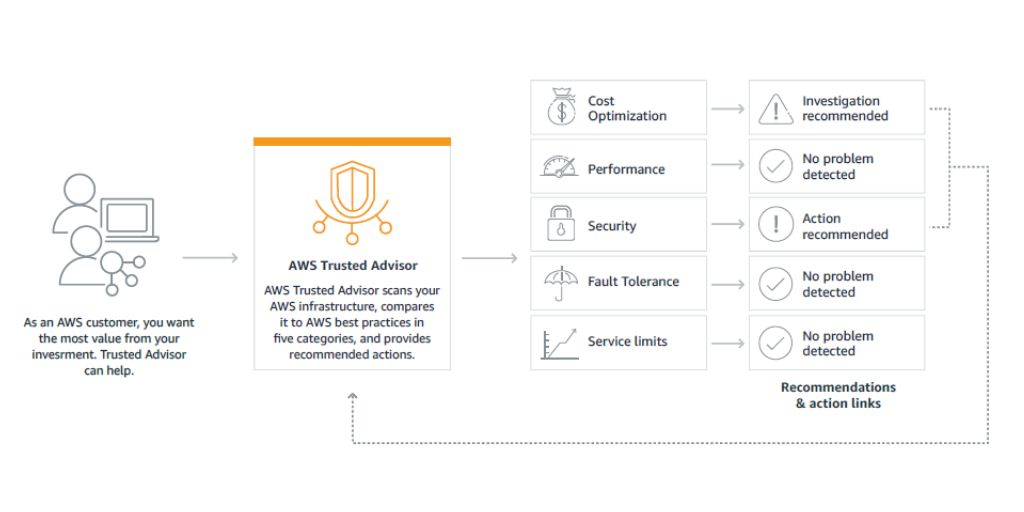AWS Public Sector Blog
Tag: government
Earth observation using AWS Ground Station: A how to guide
Over the past decade, a crop of new companies focused on Earth observation (EO) have made valuable EO data more accessible to a broad audience than before. As a result, we are seeing a dramatic increase in EO science. The value of EO data is the ability to monitor change. Recently, new instrumentation aboard satellites such as radar now allow us to “see” through clouds, allowing observation of any part of the Earth. The reliable, repeatable, and accurate data now flowing from satellites is opening up the reality of operational services powered by satellite imagery. Learn how to get started with EO data using AWS Ground Station.
From research sharing to collaborative communications: Addressing the needs of our public sector customers during unprecedented times
In support of governments and educational institutions around the world, AWS is quickly deploying people and technology to enable remote learning and home working. Our services can help address our customer’s most pressing challenges during this unprecedented time, including making sure citizens are productive with remote working solutions, that students can access online learning platforms, and that communications are reliable and available for public entities at all levels of government.
Cloud computing courses for government employees: Register at no cost
Are you a U.S. government employee or contractor who is interested in learning about cloud computing? AWS is now offering the AWS Cloud Practitioner Essentials Day and AWS Technical Essentials Day courses virtually to government workers interested in learning about the cloud. These instructor-led courses will be offered online starting Monday, March 23.
Achieving “five nines” in the cloud for justice and public safety
Every hour of every day, our nation’s first responders and 9-1-1 personnel rely on a patchwork of telecommunications and public safety applications to protect their residents and save lives. Whether it’s a 9-1-1 answering point, a computer aided dispatch (CAD) system, a records management (RMS) system, or a mobile communications network, emergency response systems must be available and operational at all times. The accepted availability standard for emergency response systems is 99.999% or “five nines” – or about five minutes and 15 seconds of downtime per year.
Four ways the cloud is boosting government innovation
Innovation is discovery that enables government to do more with less, advance economic and national security, and transform public service. In Government Matters Tech Leadership Series: Innovation, leaders from the United States federal government and AWS discussed how innovation is fueled by the cloud and is helping them achieve their missions and deliver citizen services.
Enabling security, interoperability, and discovery in healthcare with the cloud
How can healthcare organizations use Amazon Web Services (AWS) to better serve patients and meet their mission? Learn how government, education, and nonprofit healthcare organizations are using the AWS Cloud to keep patient information secure, achieve interoperability, and speed time to science.
Automating creation of a FedRAMP Integrated Inventory Workbook
Did you know AWS can help deliver an automated solution for creating the FedRAMP Integrated Inventory Workbook? This workbook needs to be updated and submitted to the FedRAMP Project Management Office (PMO) monthly for continuous monitoring. Automating this workbook saves manual work hours. Any customer going through the FedRAMP authorization process can leverage this workbook. Understand how to gather an inventory of AWS resources from AWS Config data to create the FedRAMP Integrated Inventory Workbook.
Cloud economics: The value of a TCO assessment
Whether you’re beginning to think about migrating to the AWS Cloud or already planning your migration, you probably have questions such as how much migrating to the cloud will cost. Determining total cost of ownership (TCO) for a cloud migration project can be challenging when evaluating what-if scenarios, over-provisioning, outdated servers, legacy applications, or spreadsheets of stale data. Learn about some AWS TCO tools and best practices.
In case you missed it: February 2020 top blog posts round up
In February 2020, the AWS Public Sector Blog covered stories on the value of Earth observation data, the Smithsonian Open Access Initiative, and more. Watch The Brief, hosted by Sarah Worley from We Power Tech, to learn more, and scroll down for links to these stories.
TCO and cost optimization: Best practices for managing usage on AWS
While moving to the cloud saves cost when compared to on-premises IT models, it is important to inspect possible mistakes that could lead to unplanned cloud costs. Based on customer cost optimization consultations with AWS, some organizations have seen up to 33% reduction in cloud spending waste. Here we provide some tips and resources to recognize cloud cost optimization. What are some other common oversights customers make that can drive up their cloud spend? Avoid the following missteps.









